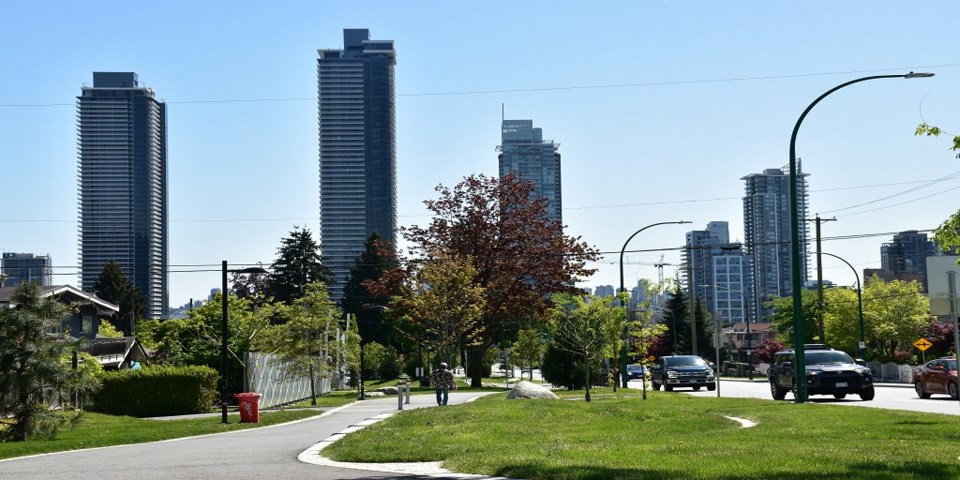Is Burnaby a livable city in Canada?
It may be the case for some of the nearly 277,000 residents, but a recent report suggested that it may be on the lower level of a desirable place to call home.
Burnaby was ranked 72nd overall The Globe and Mail's annual top 100 list for 2023 — 30th among B.C. communities with 10,000 people or more.
The placing is based off factors that include access to amenities, education, transportation options and community vibrancy.
Burnaby's highest national individual ranking in the featured categories was 18th for education opportunities, sixth in all of B.C., as it hosts post-secondaries like Simon Fraser University and BCIT.
The city is also considered to be the 22nd-best community for transportation (10th in B.C.).
However, Burnaby was not in the overall top 100 for factors like community vibrancy (110th), access to healthcare (149th) and robust economy (157th).
The Globe's findings also had Burnaby near the bottom of the nearly 450 cities the publication researched for safety (281st) and housing affordability (388th).
The average household income is nearly $119,000, while the average rent is $2,007.
But there was some positives for Burnaby as the community was also ranked sixth overall on the Globe's list of most livable cities for entrepreneurs, fourth provincially, based on economic factors, low commute times and low taxes.
Burnaby's top five economic industries, based on the Globe's findings, are as follows:
- Retail trade
- Professional, scientific and technical services
- Health care and social assistance
- Accommodation and food services
- Educational services
The top 100 most livable cities list was compiled by journalists Mahima Singh and Chen Wang.
The data was collected from cities with a population of 10,000 or more by Environics Analytics Group and the company's "third-party licensors."





